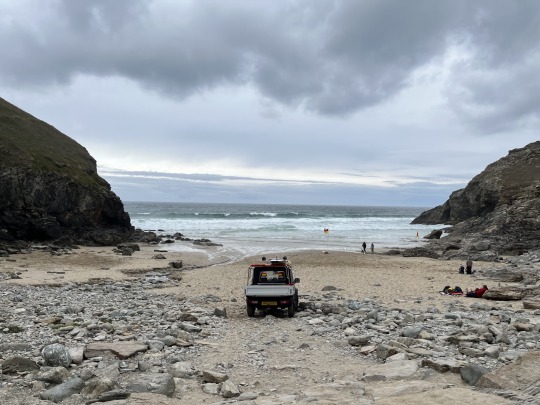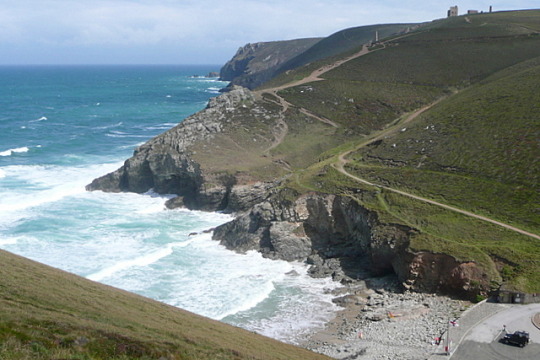#chapel porth
Text
11 Rainbows in one day along the Cornish Coast 🌈 | Photos
#cornwall#rainbow#cornish coast#coast path#coastal#holywell#st agnes#trevaunance#perranporth#sallys bottom#chapel porth#wheal coates#south west coast path#cornwall coast path#youtube#walking#hiking#english countryside
0 notes
Text
21st January
St Agnes’ Day
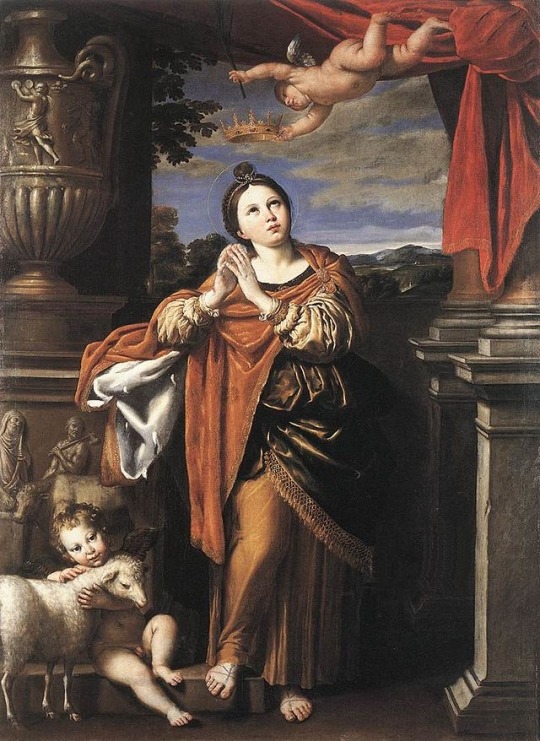
St Agnes by Domenachino (1625). Source: Wikipedia
Today is St Agnes’ Day. Agnes is believed to have been a Christian, born to an aristoratic Roman family in the fourth century AD. She was executed in 350 during Diocletian’s persecution of Christians aged just thirteen. A number of miracles are said to have taken place around her execution, including the failure of kindling when the Roman authorities attempted to burn her to death following her refusal to renounce her faith. A soldier then killed her by stabbing her through the throat. She is honoured by most Christian churches as one of the virgin saints, and is often depicted in the company of a sheep, probably due to a possibly deliberate misreading of Agnus Dei (Lamb of God). For this reason today is said to be a good day to bless sheep and all things woollen.
For some reason Agnes’ story has also found a home in Cornwall, but it is an altogether more fanciful tale, if no less dark. The chaste Agnes became the object of affection of a Cornish Giant named Bolster. Nothing Agnes could say would dissuade her gigantic suitor from his pursuit although the young woman’s constant rejections led Bolster to take out his frustration on the local settlements. Agnes therefore devised a cunning ruse to rid both her and the locality of the tiresome giant. Agnes persuaded Bolster to prove his love for her by opening a vein in his wrist and filling a hole at Chapel Porth near Truro, with his blood. The simple-minded giant had no idea that the hole led under the sea and had no bottom. As Bolster slowly lost consciousness, Agnes rolled him to a cliff edge and kicked him into the waves to drown. The grateful local people named their village St Agnes in her honour. Given this rather unchristian homicidal behaviour, it is likely that this Cornish Agnes is descended from a pagan giant-killing Celtic heroine.
#st agnes#Virgin martyrs#cornwall#Cornish giants#Agnes and Bolster#chapel porth#pagan survivals#giant killers#st Agnes Cornwall
1 note
·
View note
Text
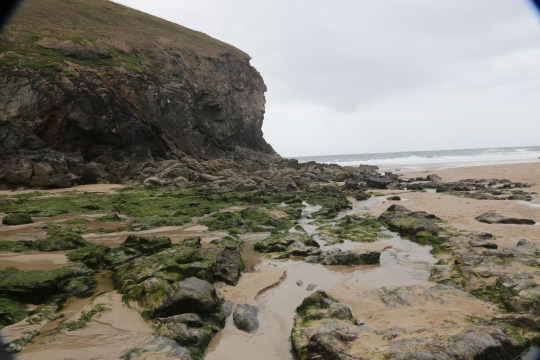
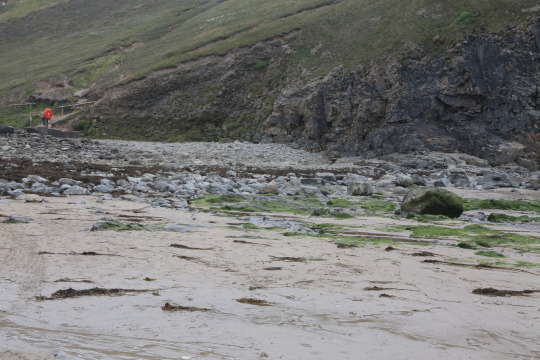
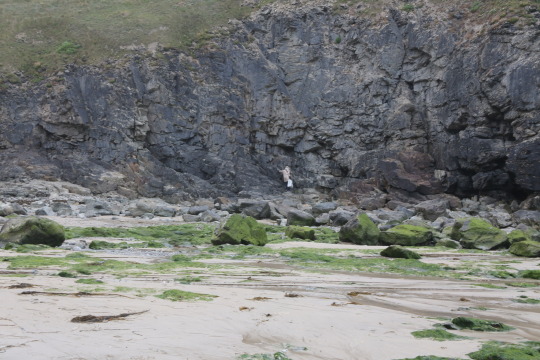
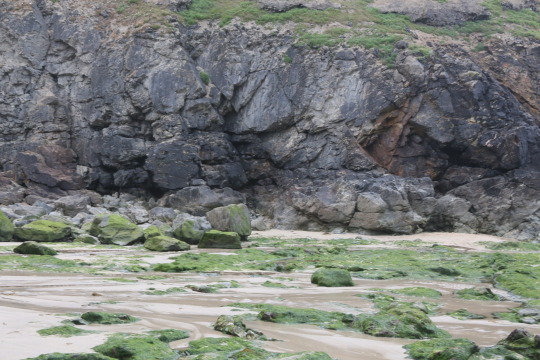

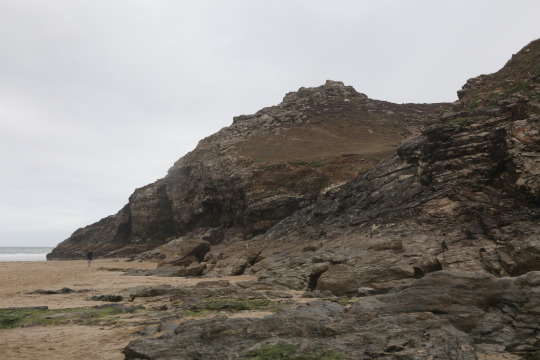
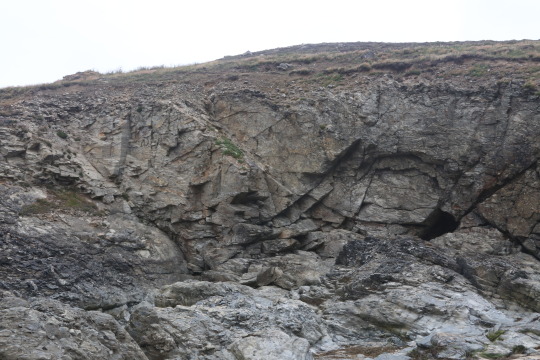

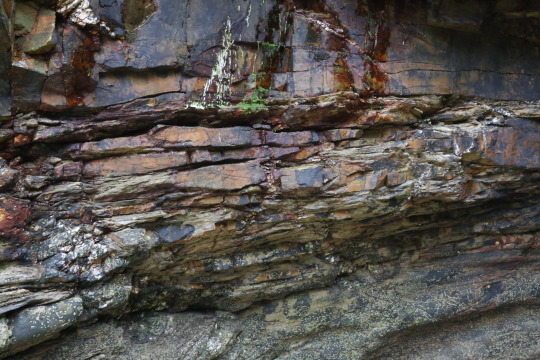
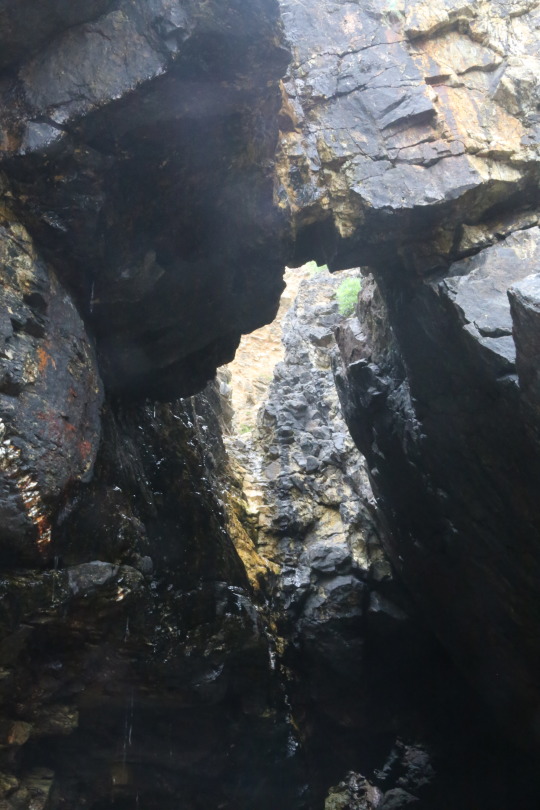
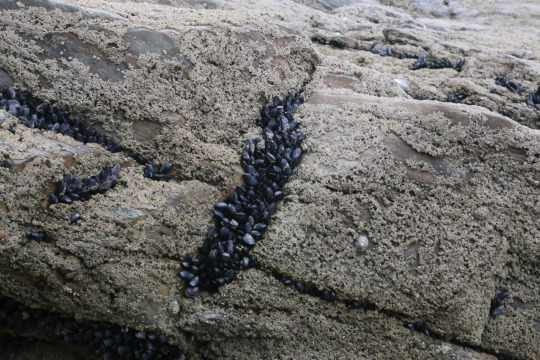

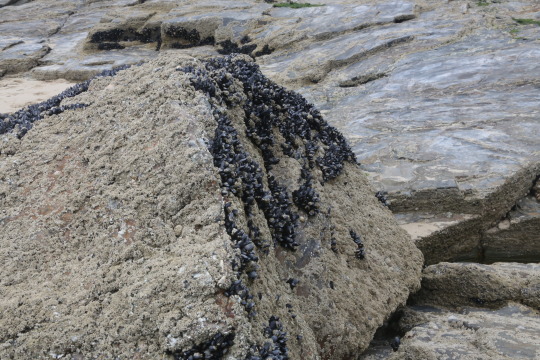
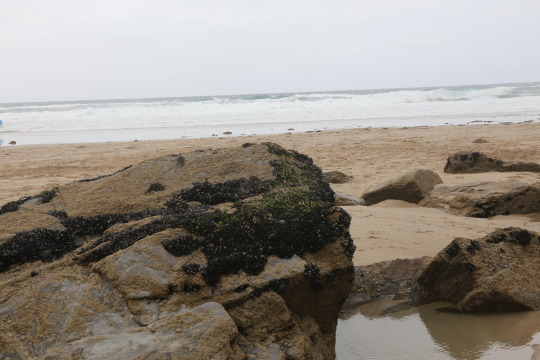
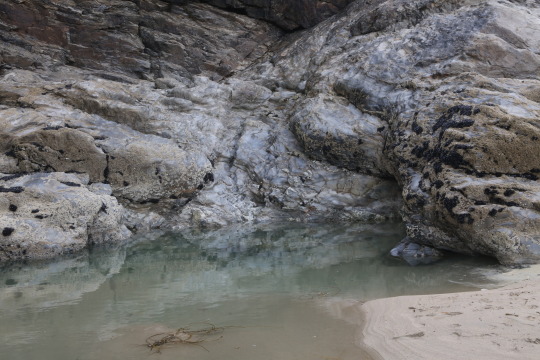

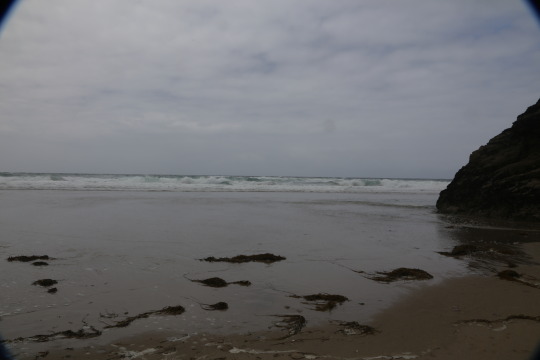
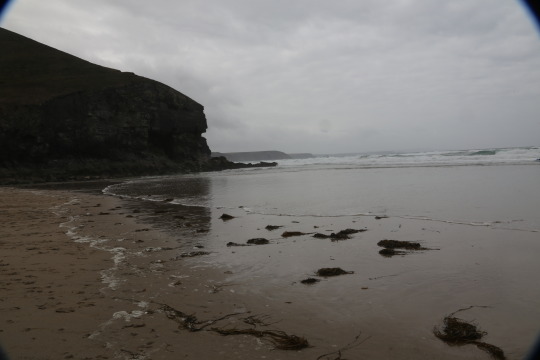

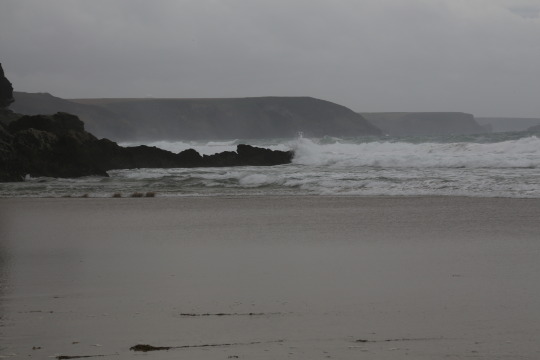
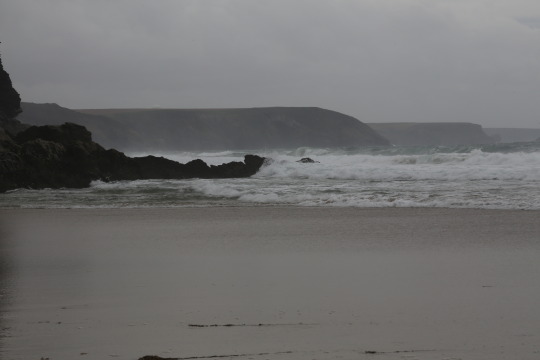
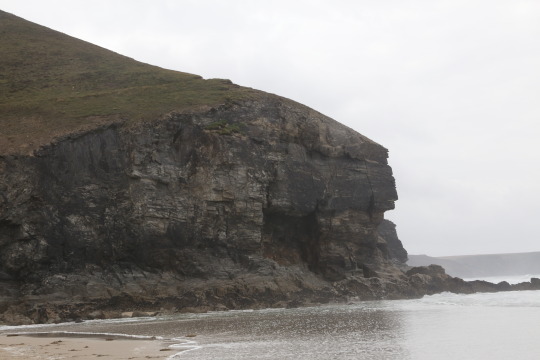


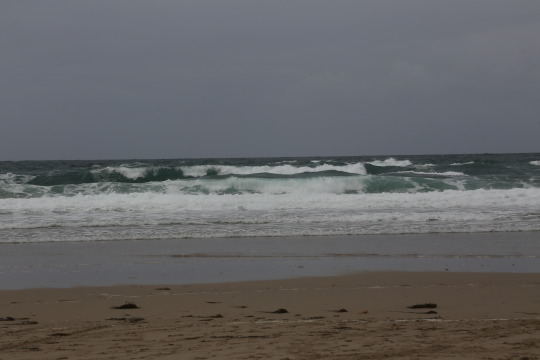
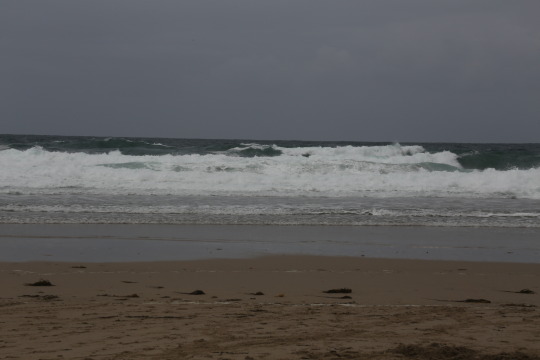
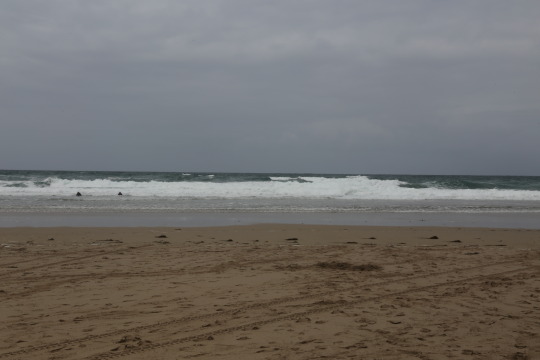

Be careful of the waves, you could get your feet wet
0 notes
Text
if you go to the coast as the sun rises on new year’s day and you stand and look out over the ocean you will feel like the last person on earth, utterly alone, but you’re not alone. somewhere, someone is doing that very same thing, feeling the very same thing as you are and you are connected forever from that.
#looking forward to watching the sunrise this year. i hope we go to chapel porth near porthtowen this year. it's lovely there...#danny speaks
3 notes
·
View notes
Text

Chapel Porth
#cornwall#kernow#ilovecornwall#ilovekernow#cornish coast#cornish countryside#thecornishlife#chapel porth#north cornwall#cornish cliffs
19 notes
·
View notes
Photo
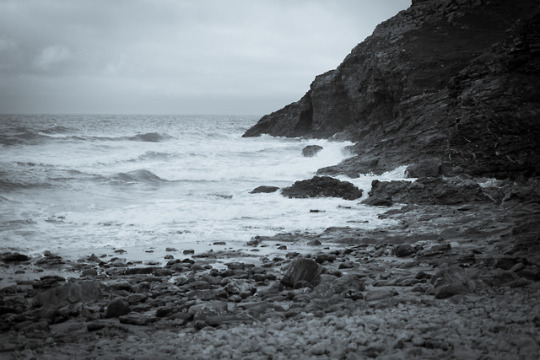

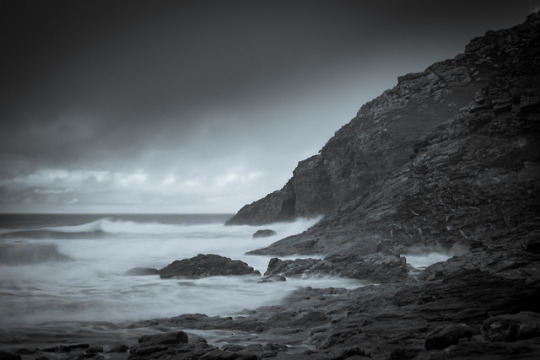

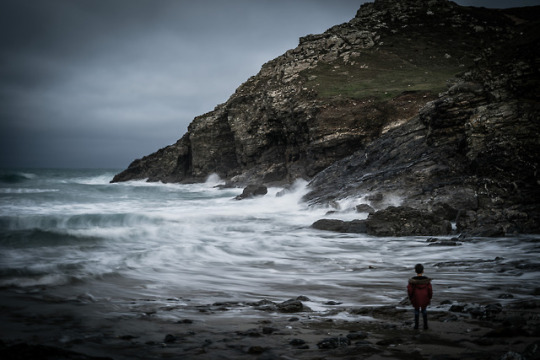
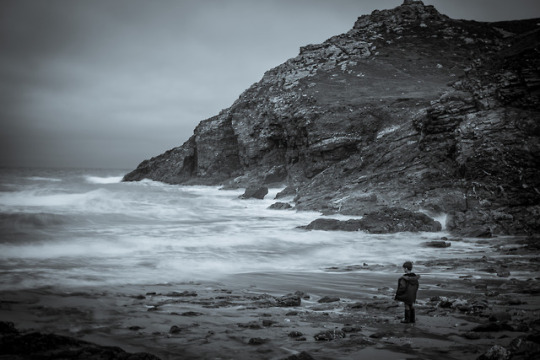
Chapel Porth Beach Cornwall. A beautiful spot for walks and mountain biking. The few times we've been the tide has been in so the beach has been a bit rocky. We have spotted seals in the bay though which is always a nice surprise. The carpark is run by the national trust so if your a member its free to park, there is also a lovely little cafe hut where you can order food from and hot drinks (hot chocolate was amazing). Looking forward to a warmer visit in the summer.
1 note
·
View note
Photo

18.10.20 Sunday afternoon #walk #Chapel #Porth to #StAgneshead.... #tinmines #whealcoates #coastalpath #enginehouses #sunset #throughthewindow (at Chapel Porth Beach) https://www.instagram.com/p/CGhC5VZn4I5/?igshid=1geff388m723o
#walk#chapel#porth#stagneshead#tinmines#whealcoates#coastalpath#enginehouses#sunset#throughthewindow
0 notes
Photo
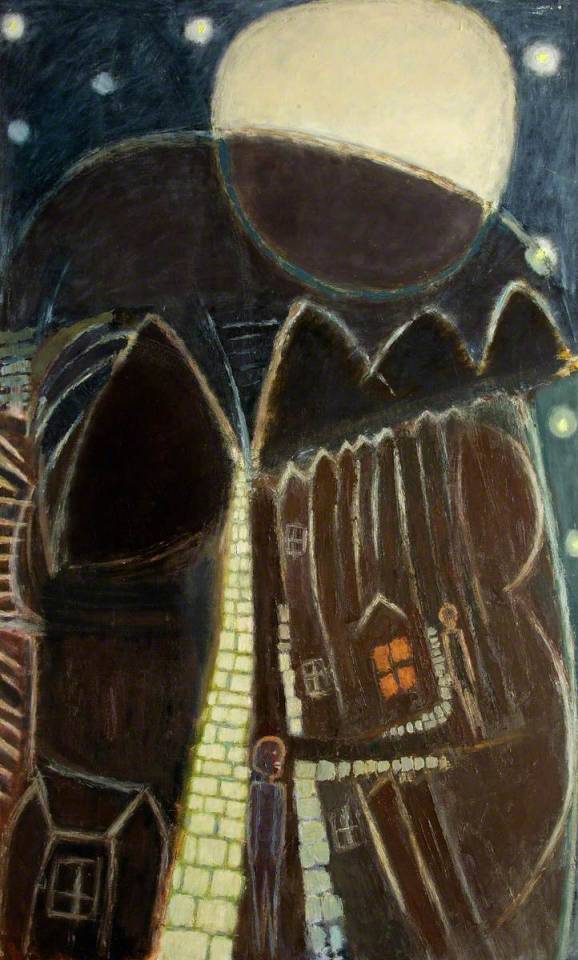

Ernest Zobole (1927 – 1999) was a Welsh painter and art teacher. Zobole's paintings, originally oil on canvas, later switching to oil on board, reflected the industrial setting of the Rhondda Valleys. A member of the Rhondda Group, a circle of artists from the area, Zobole is seen as one of Wales' "most important artists...one of the visionary artists of Wales".
Zobole was born in the village of Ystrad, Rhondda, in 1927, to Italian immigrants who had moved to Wales in 1910. He was educated at Porth Grammar School, before spending five years training at the Cardiff College of Art. His time at Cardiff College was notable for the daily commute from the Valleys to Cardiff, as it was used as an opportunity for Zobole and five fellow students to discuss and critique their art work. Although the six artists never set up a school or published a manifesto, they became known as the Rhondda Group and were an important movement in South Wales art.
After leaving Cardiff College, he undertook his service for the British Army, being posted to Palestine and Egypt. On his return from military service he returned to the Rhondda and married his childhood sweetheart, Christina Baker. With little opportunities to find work as an artist, Zobole took up an art teaching post in Llangefni in Anglesey, a position he held from 1953 to 1958. He found this period difficult, he found the flat landscapes dull and uninspiring and described the island as "all wind and chapel". Zobole also felt apart from the community, a mixture of his inability to speak the Welsh language; which was not a factor in the mainly English speaking Rhondda, and a sense of homesickness.
https://en.wikipedia.org/wiki/Ernest_Zobole
6 notes
·
View notes
Photo
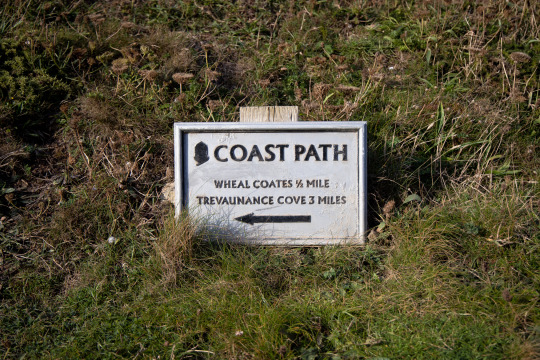


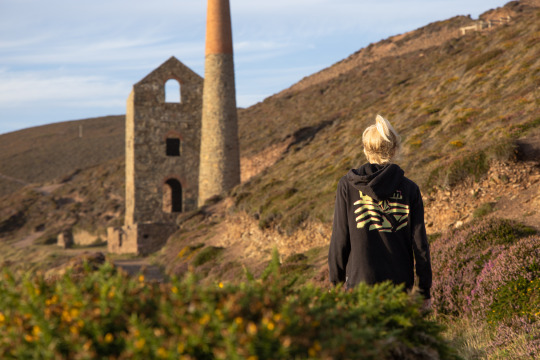
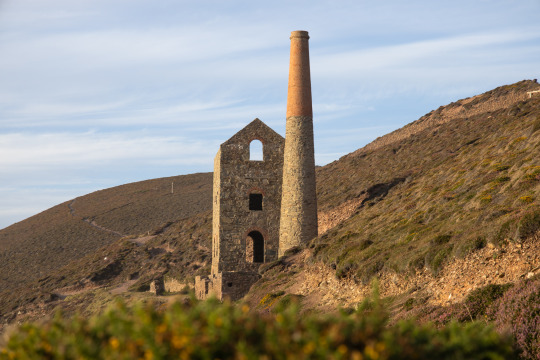
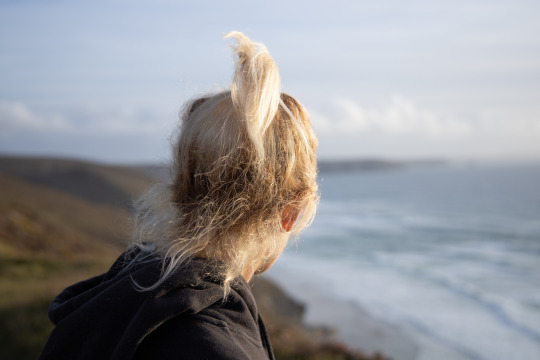
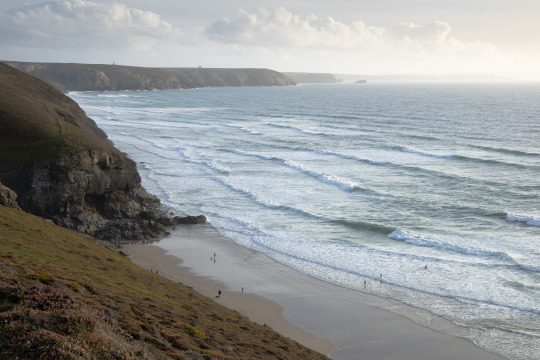

Chapel Porth, Cornwall
34 notes
·
View notes
Photo

Chapel Porth, Cornwall
More Pics
#surf#surfing#surfer#cornwall#britain#35mm#film#analog#35mm photography#film photography#kodak#portra#portra 400
127 notes
·
View notes
Text
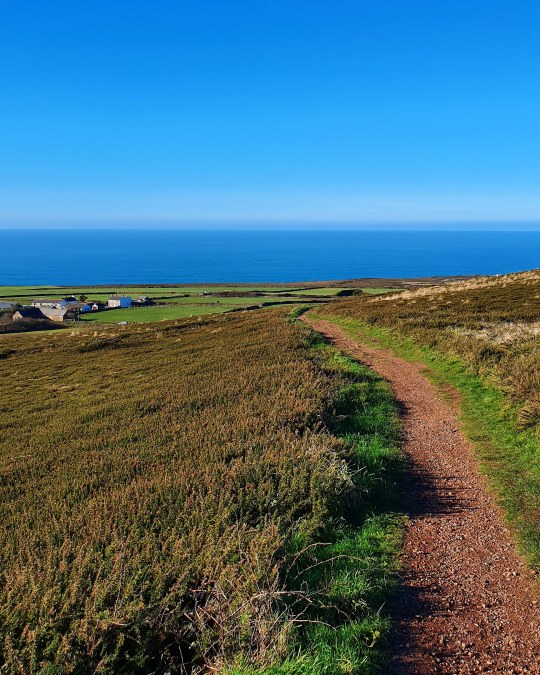


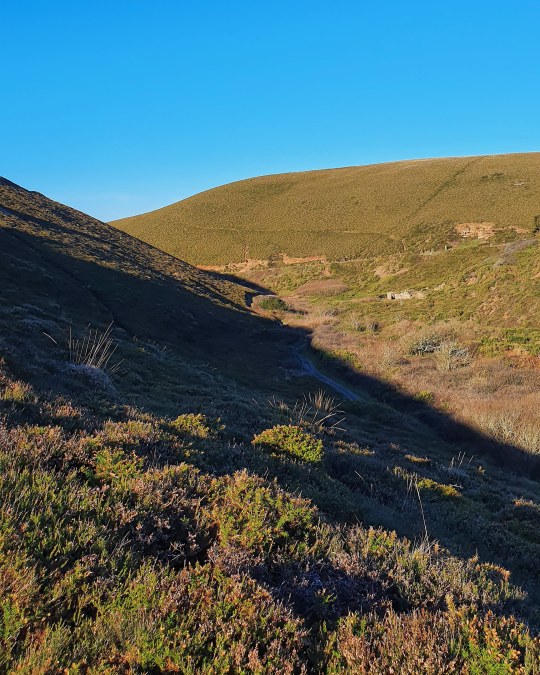


St Agnes Beacon, Chapel Porth and Porthtowan, Cornwall /Kernow
13 notes
·
View notes
Text
“The seashore seems to be a potent spot for ghosts. Fishermen dread to walk anywhere near where a ship has foundered. The souls of drowned sailors are said to haunt such places and the ‘calling of the dead’ has frequently been heard . . .” James Turner, The Stone Peninsula, 1975.
Fishermen and sailors are a superstitious clan, and passing close to the watery graves of the lost members of their brotherhood was once treated with great trepidation. There was a fear that the voices of dead sailors would call their name and somehow lure them to their doom beneath the waves.
“I have been told that, under certain circumstances, especially before the coming of storms or at certain seasons, but always at night, these callings are common. Many a fisherman has declared he has heard the voices of dead sailors ‘hailing their own names’.” Robert Hunt, 1881.
Porthtowan is ‘just’ another cove on Cornwall’s wilder north coast but it is a favourite spot of mine. I especially like to catch it at low tide when the flat sand runs all the way to Chapel Porth. I walk the mile or so with the stark cliffs towering above me, then I return along the grassy top path, making a satisfying circular walk. The cliffs and bare downs here once bristled with mine buildings and hummed with hard industry but now Porthtowan beach is popular with surfers and families alike.
Like so many places in Cornwall however, strange legends and tragedy are never far away.
The Man in Black
There is a curious story about Porthtowan that would make a sailor’s blood run cold.
Once a fisherman was making his way home across the sand late one afternoon. The tide was far out leaving a wide band of smooth sand, the water calmly lapped towards the shore. Quite suddenly the man heard an unearthly voice coming from the waves.
“The hour is come, but not the man.”
The strange phrase was repeated three times. And then, just as the fisherman tried to see from where the voice was coming from, a figure appeared on the cliff above the beach. A silhouette of a man dressed in black.
As the frightened fisherman watched the dark figure seemed to listen for a moment, then suddenly he charged headlong down the steep incline, ran across the beach and dove into the sea, vanishing from sight. In another version of this tale as the man in black jumps into the sea the fisherman sees a ghostly sailing ship appearing out of the mist on the horizon.
The Dragon & the White Shuck
The towering hills between Porthtowan and Chapel Porth are almost completely devoid of trees. Barren and windswept, intensive mining has stripped the landscape. Little grows here and it can be a bleak and forboding place when a clammy sea mist rolls in.
“We descend over a stony waste, threading innumerable walls to Chapel Porth, a cove at the mouth of a deep moorland combe . . . for some miles the cliff tops are covered with heather. Porth Towan a larger but in other respects similar cove comes next. Both are more or less spoilt by mines.” John Lloyd Warden Page, 1897.
This slideshow requires JavaScript.
There is a legend about this place which is particularly unusual, a one off perhaps, for Cornwall. Neither dragons or shuck are common here you see. And for those wondering, as I was one, a shuck is a huge, shaggy dog, normally black. A written description from 1888 claims that these hounds are sometimes headless but usually have a single ‘blazing eye’ in the middle of their forehead.
Their name apparently derives from an old English word ‘scucca’ meaning devil or fiend. Shucks are most common in East Anglia. It’s thought that they originated in Scandinavian folklore as a black hound of Odin and were brought to us here by the Vikings. The hound associated with our Cornish story was indeed monstrous in size, but it was apparently white, not black.
The myth tells us that back along, many moons ago, a fearsome dragon roamed the cliffs above Porthtowan, in an area known as Mile Hill. The scaly monster had his liar in a nearby cave in the cliff face and he spent his time terrorised the local people, as dragons often do.
One night however, according to tale, the dragon crossed paths with the Cornish White Shuck. A bloody battle ensued and against the odds the huge, mysterious dog defeated the dragon, who slunk off with his tail between his legs.
Legend has it that the spirit of that hound still haunts the wild clifftops above Porthtowan to this day.
Shipwreck of the Rose of Devon
On 16th March 1816 on the flat sands between Porthtowan and Chapel Porth a squadron of Iniskilling dragoons from had to beat off local miners with sticks. The miners were trying to board the brig Harriet that had run ashore on her way to Liverpool. Shipwrecks were once depressingly common on the Cornish coast. Many, like the Harriet, have been recorded on the stretch of coast close to Porthtowan, their stories written about in the papers, and rarely do they have a happy ending.
And so, the fate of the Rose of Devon that came to grief at Porthtowan is not for the fainthearted I am afraid.
On 28th November 1897 the waves were winter wild. The newspapers reported that sightseers had come from miles around to watch the roaring waters and the towering clouds of sea spray from the cliffs above Porthtowan beach, much as we do today.
As the light faded that day Coastguard West, who was on duty that weekend, took a last look at the churning waters and saw nothing in particular that concerned him. However, when West came down to the water at 6am the next morning something wasn’t right. There was wreckage pounding in on the incoming tide. And that wasn’t all.
To his horror he spotted first two and then four bodies rolling in on the waves or stuck in between rocks. West ran for help and within just a few minutes there were six bodies laid out on the sand. All but one of the drowned crew wore belts bearing the name ‘Rose of Devon’.
Image said to show the wreck of the Rose of Devon on Porthtowan beach: credit Cornish Memory
The Rose of Devon had apparently been driven onto the rocks by the raging gale. According to later reports the ship’s rockets and flares had been been hidden by the violent lightening and heavy rain that night.
The bodies of the crew were taken to a house near the beach and as the tide retreated later that day the shell of the 405 ton wooden barque was revealed stuck fast on the beach.
‘At dawn her shattered hull festooned with chains and ropes was stranded in the surf.’
The Rose of Devon was launched in Plymouth and owned by Onesimus Dorey of Guernsey. It was captained by George Borcher and had a crew of eleven. The rest of the men were eventually washed up, some weeks later, all along the coast. The body of George Borcher washed up at St Agnes.
The inquest was held on the six recovered bodies at Porthtowan two days later on 1st December and a self-evident verdict of ‘found drowned’ was given on each by coroner Laurence Carlyon. The newspapers of the day detailed each of the crew, including their physical descriptions, tattoos and various obvious injuries but no names were recorded. However, another more disturbing issue was also discussed. The condition of the bodies since they had been washed ashore.
Apparently in the days after the wreck the dead crew had been moved to an unprotected outhouse, where they had been laid out on a dirt floor and left uncovered. And the remains of the sailors had been attracting the attention of rats.
“Coastguard West said they could get the bodies removed into a house where there was a wooden floor but that they would have to obtain . . . permission first. He added that he and his colleagues knocked on the door of the shed in which the bodies were every time they passed in order to frighten the rats away.” The Cornishman, 2nd Dec 1897.
None of the men were from Cornwall and so there was no one to claim their bodies. In years gone by the practice had been to buried the drowned on the clifftops close to where they had been discovered but that had been outlawed. It was now the responsibility of the parish to pay for the sailors’ funeral. There appears to have been some debate over which parish, Illogan or St. Agnes, was to take the bodies.
As it was the funerals of six of the men (Captain Borcher’s family claimed his remains) were eventually held at Mount Hawke on 9th December 1897. The West Briton newspaper reported that hundreds of local people turned out to pay their respects and each coffin was draped with a flag. Some time after a granite memorial was raised in the graveyard to mark the spot where the unfortunate crew had been laid to rest. The inscription reads: F. Eliot, H. Martel, C. Palzard, W. Toll and 2 others”.
Local man Jerry Strongman, who grew up in Porthtowan, recalled seeing the remains of the wreck of the Rose of Devon at low tide during his childhood in the 1960s. As far as I am aware no trace of it can be found today.
I provide all the content on this blog completely free, there’s no subscription fee. If however you enjoy my work and would like to contribute something towards helping me keep researching Cornwall’s amazing history and then sharing it with you then you can donate below. Thank you!
[wpedon id=17835]
Further Reading:
St Agnes Beacon
Cavalla Bianca – an unusual wreck in Penzance
Walking Opportunities:
Porthtowan to Chapel Porth circular walk
Porthtowan – ghosts, dragons & shipwrecks "The seashore seems to be a potent spot for ghosts. Fishermen dread to walk anywhere near where a ship has foundered.
2 notes
·
View notes
Text
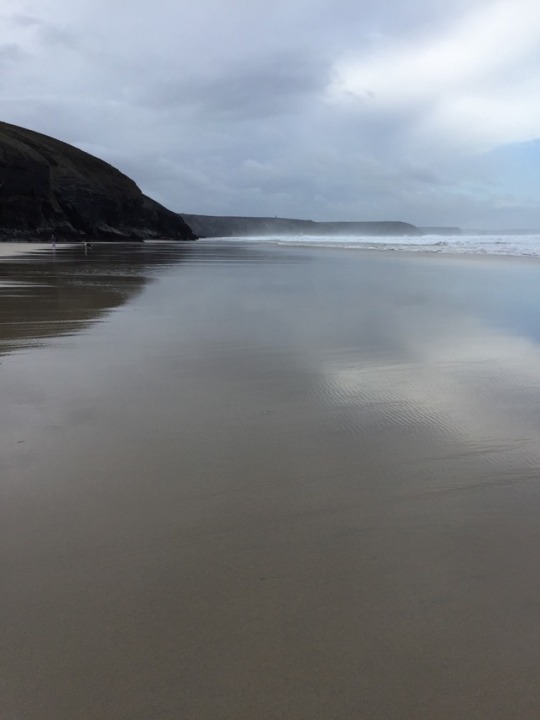
Mirror
#chapel porth#north cornwall#beach life#cornwall#kernow#ilovecornwall#ilovekernow#cornish coast#cornish countryside#thecornishlife
16 notes
·
View notes
